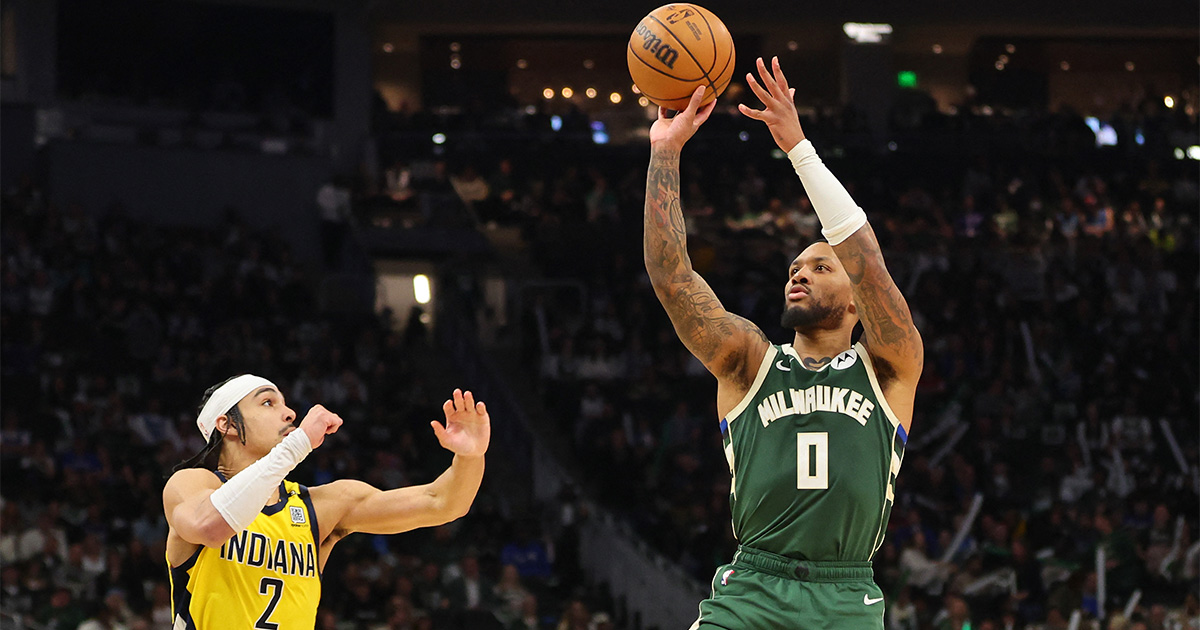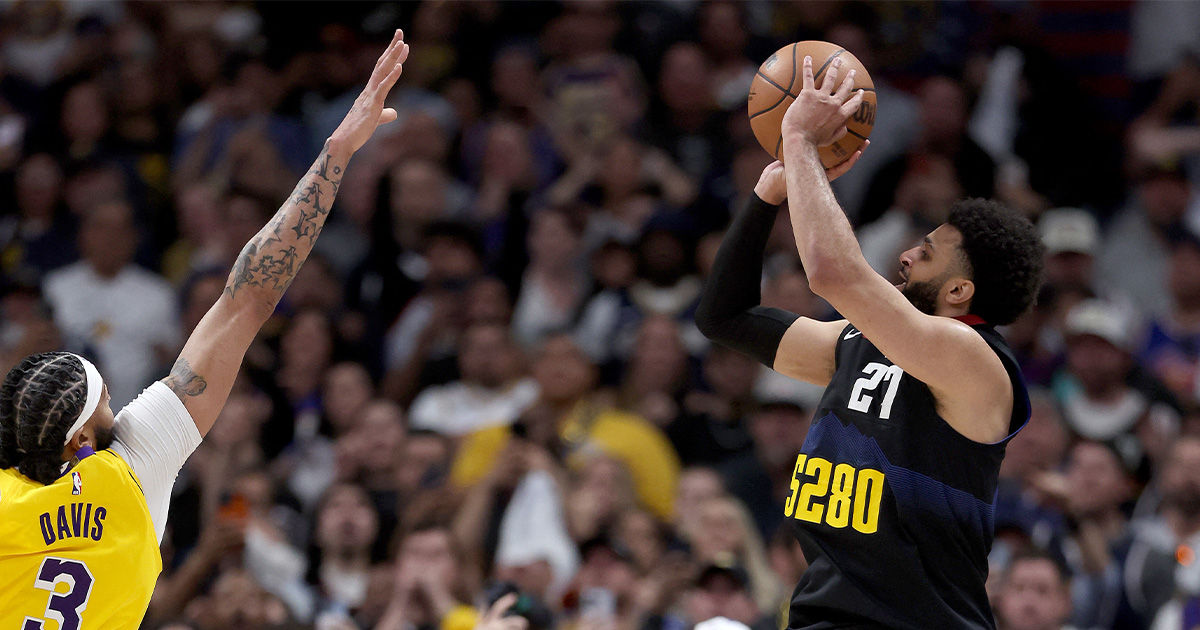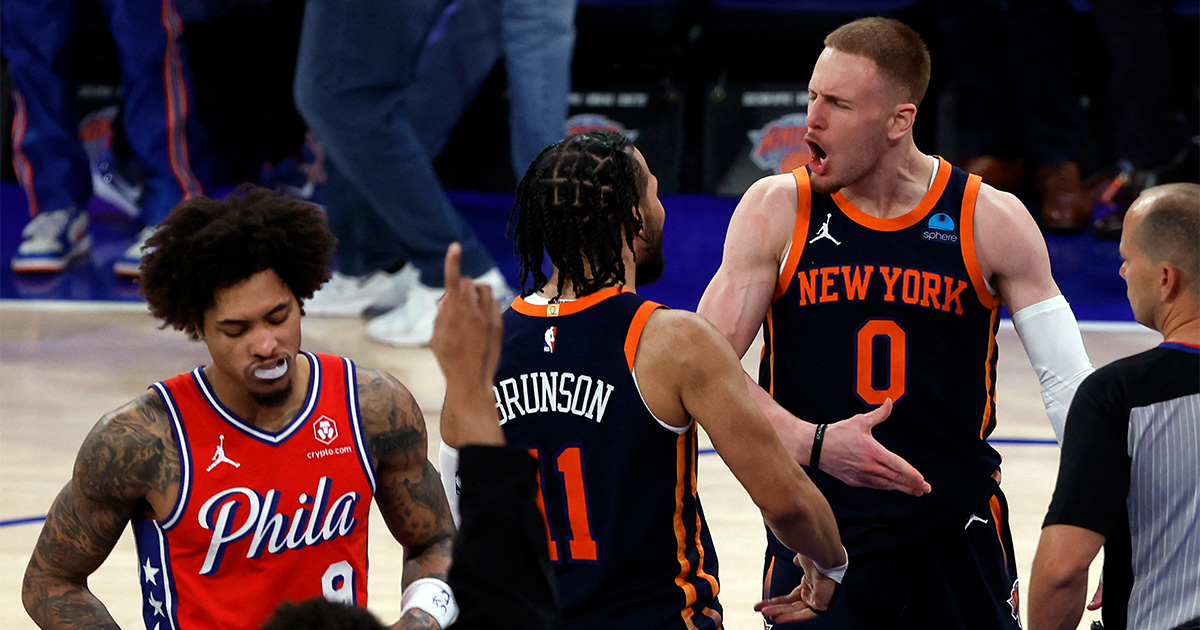Steph Curry versus Chris Paul is perhaps the most underrated playoff rivalry in the NBA. They have met thrice in the postseason and each one of those has been an instant classic. Paul’s Clippers won a nail-biting first round matchup against the Warriors in 2014, behind 22 points and 14 assists from CP3 in Game 7. Steph evened it in the 2018 WCF against the Rockets, another 7-game affair that is perhaps best remembered for CP3’s absence in the last two games due to a hamstring injury, opening the doors for the Warriors to come back from a 3-2 deficit. They met again in the 2019 West semis, with Steph dropping 33 points in the second half of Game 6 to close out Paul and the Rockets.
All signs point to them renewing their rivalry in May. Twenty games usually provide a good snapshot of most teams’ identities, and the Warriors and Suns have been in a league of their own. It’s accidental genius that the NBA schedule-makers had them play twice around the season’s quarter-mark, because we can be reasonably certain that the things they do well are sustainable at this point. A Warriors-Suns WCF has a certain air of Thanos-like inevitability, so it deserves its own emergency column.
1. Home-court advantage
The Warriors and Suns split the two games with each team winning on their home floor. Both games had a playoff atmosphere, which should give us a taste of what to expect in the playoffs.
Historically, home teams win 65% of their playoff games, and although there were questions whether it actually mattered last season, the finalists Bucks and Suns ultimately went a combined 19-4 at home. Meanwhile, the Warriors had a 45-11 home record in the playoffs from 2015-2019. Home court still matters and the players know it.
“You don’t want them to come into your building and keep that streak going,” Curry said after last night’s win. “Obviously, it doesn’t mean much but just our 19th win, but it is nice to protect your home court. Something’s got to give, and we’ve had a really good home record and nice streak going ourselves in this building, so we’d rather keep ours going than let theirs live.”
In other words, the race for the best record in the NBA is on until the last day of the regular season.
2. Contrast in styles
The Warriors and Suns are both among the top 6 in points per game, but their shot profiles couldn’t be any more different.
The Warriors attempted 79 threes over the two games compared to the Suns’ 52. In the second game, which the Dubs won, they went 19-for-39 (48.7%); in the first encounter, they shot 14-for-40 (35%). These numbers underscore their reliance on the three-ball and epitomizes the team’s “live by the three, die by the three” approach. When it’s falling, the result is a 22-point blowout of the hottest team in the league. When it’s not, they become too predictable down the stretch and have difficulties generating points elsewhere, as we saw in the last three and a half minutes of the first game.
On the other hand, the Suns took 30 threes in the first game, which was around their season-average (30.6, third lowest in the league); in the second game, their attempts went down to 22. The Suns are bucking the three-point revolution by seeking the more traditional best shot available. They made 16 of 33 shots in the paint (non-restricted area) and 8 of 14 from mid-range on Tuesday, but weren’t as efficient on Friday, going 13-for-35 in the paint (non-RA) and only 2-for-7 from mid-range. The Suns are third in the league in both categories, but as what the Bucks did in the Finals, if you take away their midrange, they become less successful. And while you have to admire their commitment to taking high percentage shots, perhaps taking just 22 threes is not viable in today’s game.
3. Who will stop DeAndre Ayton?
Ayton led the Suns in scoring in both games, but his offensive efficiency and rebounding dictated how the Suns performed. In the first game, he shot 57.9% and grabbed 11 boards, and was a net plus-16 on the floor. In the second, he was only 7-for-16 with 6 rebounds, finishing with a net minus-16.
The Warriors do not have anyone who could defend him on the low block and his jump-hook looked Olajuwon-esque once he gets into position. He doesn’t quite have the footwork and bag of tricks of The Dream, but it hardly matters against the Warriors’ lack of size.

4. Draymond Green and Andrew Wiggins are the Warriors’ 2-man death lineup
Over the two games, the Warriors have outscored the Suns by 19.5 points per 100 possessions when Green and Wiggins are on the floor. Their offensive rating of 112.3 is on par with the Warriors’ production rate for the season (112.6), but their defense has been absolutely airtight at 92.8, which is almost 7 points better than the Warriors’ league-leading rating of 99.7.
Steve Kerr consistently used Wiggins on Chris Paul for stretches, and Wiggins limited the Point God to 1 point, 6 assists, and 2 turnovers in 8:22 of game time per NBA.com. Wiggins has always been a capable one-on-one defender but he has developed a synergy with Green this season. Guided by Green’s defensive quarterbacking, Wiggins has learned to lead opposing players—who are more often than not the other team’s best wing scorer—into traps and shut off scoring opportunities.
5. Battle of the bench
The benches more or less dictated who won. Last Tuesday, the Suns’ bench outscored the Warriors’ 39-33. On Friday, the Warriors’ second unit paid them back in kind dropping 51 points against the Suns’ 34.
You know what you’re getting from Cameron Johnson (who was solid for the Suns over the two games, averaging 13 points and hitting 5 of 12 threes) because he has proven he can do it last postseason. The Warriors’ bench can be treat-or-trick-ish, depending on who has the hot hand (it was Gary Payton II and Juan Toscano-Anderson in their win).
Come playoff time, it might boil down to each team’s irrational confidence guys: Cam Payne and Jordan Poole. Payne has been struggling this season with .376/.317/.825 shooting splits compared to .484/.440/.893 last season. Poole, who is currently starting for the Warriors, will likely head to the bench once Klay Thompson makes a full return. He’s enjoying a breakout season and while he should be able to seamlessly adjust to a Jordan Clarkson role off the bench, it’s still a question mark at this point.
6. Injuries
The biggest unknown is how the teams actually matchup when fully healthy.
Devin Booker missed the last 6 quarters after exiting with a hamstring injury in the first half of Tuesday’s game. Backup big Frank Kaminsky has been out since November 21, while Dario Saric is out indefinitely as he recovers from a torn ACL. Klay Thompson and James Wiseman have yet to play a single minute for the Warriors this season, while Andre Iguodala missed both games due to a knee injury.
7. Throwback video of the week
The Grizzlies won by the largest margin in NBA history with a 152-79 rout of the Thunder last Thursday. I was a bit disappointed, not by OKC, but by Memphis because they were a mere 6 points away from doubling the Thunder’s output.
For this week’s throwback, let’s look at the previous record for largest margin of victory held by the Mark Price-Brad Daugherty era Cavs. The NBA must have destroyed all video copies of that game because this was the only one I can find on YouTube:















